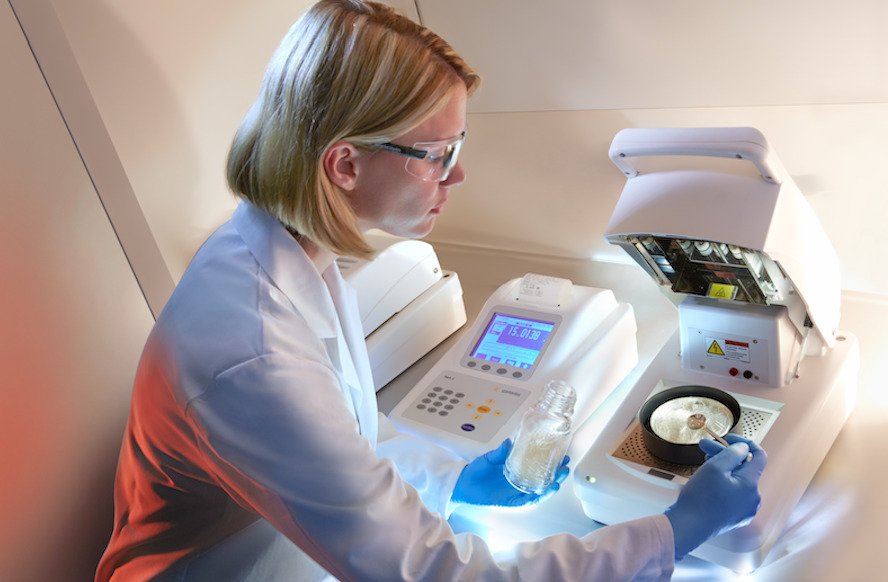
To learn more about moisture testing for cannabis, you’ve come to the right spot.
Moisture within a cannabis flower is an essential factor for determining the quality of consumer or intermediate products. Moisture not only impacts shelf life and taste sensation but could also affect the percentage of THC in cannabis products; as moisture changes, the percentage of THC changes, too, as the total amount of THC remains constant. For this reason, in some states, it is required to label packages with moisture content in addition to the cannabis THC content. The moisture content is also of interest for intermediate products, like the use for extraction of cannabinoids and terpenes. Moisture seriously influences the processing and quality of the extracts produced. There are lab methods for determining moisture in cannabis, like the Karl Fischer titration and the loss-on-drying method.
Currently, there is no binding and standard method for quantitatively determining moisture in cannabis flowers in the United States. Two standardization organizations, ASTM (Committee D37 on Cannabis) and AOAC (CASP – Cannabis Analytical Science Program), are all working on a reference method. However, it is to be fully expected that the loss-on-drying method using drying ovens will be considered a reference technique due to its easy and cost-effective realization for routine testing. To learn more about moisture testing for cannabis, read on to learn more!
Methods and Materials for Cannabis Moisture Testing
In total, 540 grams of cannabis were ground, combined into flakes, and then filled into one bag to get a homogenous sample base. Afterward, an initial moisture content of around 6.5% for the ground samples was determined by using a Sartorius MA160 moisture analyzer. To prepare three different moisture tiers (low, medium, and high), a composite sample was divided into three moisture-tight bags, all weighing about 180 g. Water was added to two of three different bags to achieve moisture tiers using a spray bottle and interrupted by mixing steps. The moisture content of prepared cannabis samples was determined with a combination of three different parameters with three levels each. The parameters were: sample moisture content with low, medium, and high sample weights with the levels of 1 g, 0.5 g, and 0.25 g, and analysis method of levels vacuum oven as a reference. Sartorius moisture analyzers Mark 3 HP and Ma160 were used.
Discussions and Results
With the determination of the moisture values, the analysis time required for each measurement was determined through moisture testing. The oven reference was set at 60 degrees Celsius and 60 hours or 3600 minutes. In comparison, the MA160 and Mark 3 HP moisture analyzers needed an average of between seven and fourteen minutes for analysis. There was no principal difference between either instrument and no actual dependence on drying level. In contrast, the sample quantity had an evident influence on the measuring time. While an average of about 12 and 14 minutes was needed for a 1 g sample, 7 or 8 minutes were sufficient for a sample quantity of about 0.25 g. As expected, the moisture meters were faster than the oven reference of more than two powers of ten.
To learn more about moisture testing in cannabis for your laboratory, give us a call today!
FOR ALL ISO 17025 CALIBRATION SERVICES, CONTACT LAB PEOPLE TODAY
Lab People Inc. is a trusted provider of laboratory equipment, services, supplies, and rental equipment for you and your laboratory. As an ISO 17025 accredited service organization, we stand behind our services with 100% satisfaction guaranteed for all our customers. We offer on-site and off-site calibration services for balances, pipettes, moisture analyzers, force measurement, test weights, and more. Services include preventative maintenance, SQ-Min, IQOQ, repairs, legal for trace/placed in service, verification, and more.
For more information about how we can assist you, visit our website, email us, or call us at 1-800-296-2001!
Do not forget to follow us on Facebook, Twitter, and Linkedin!
